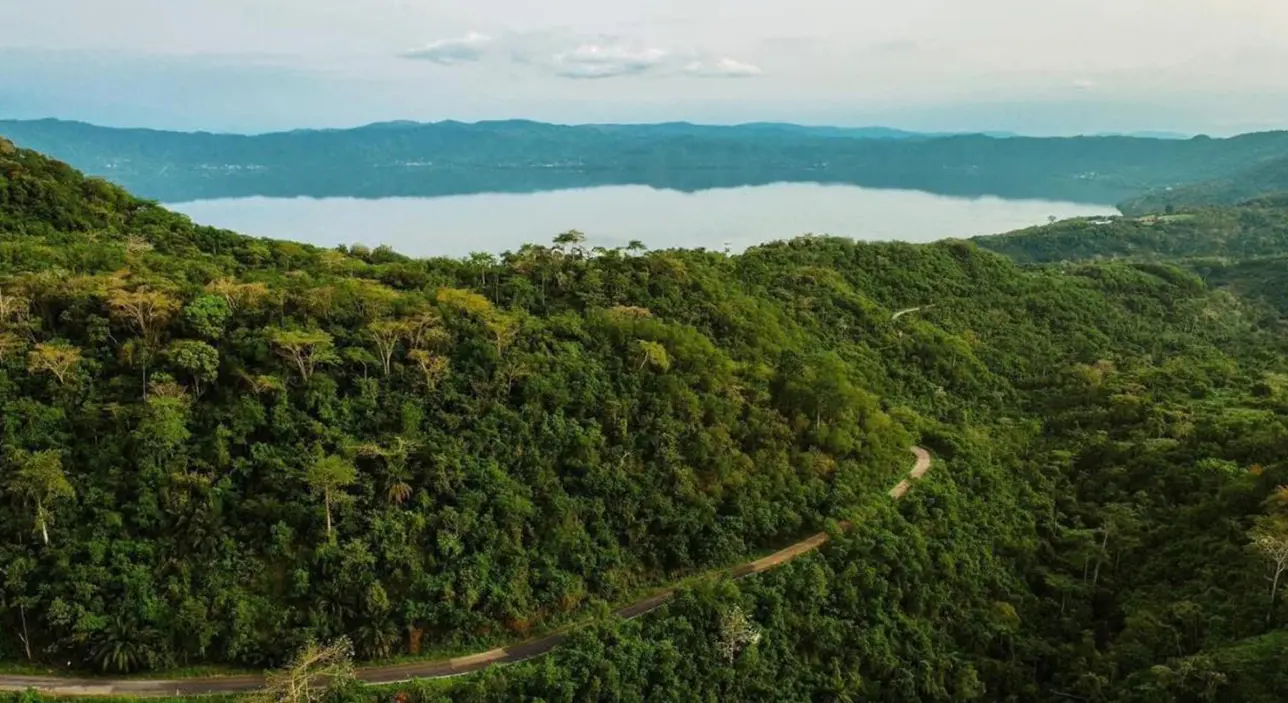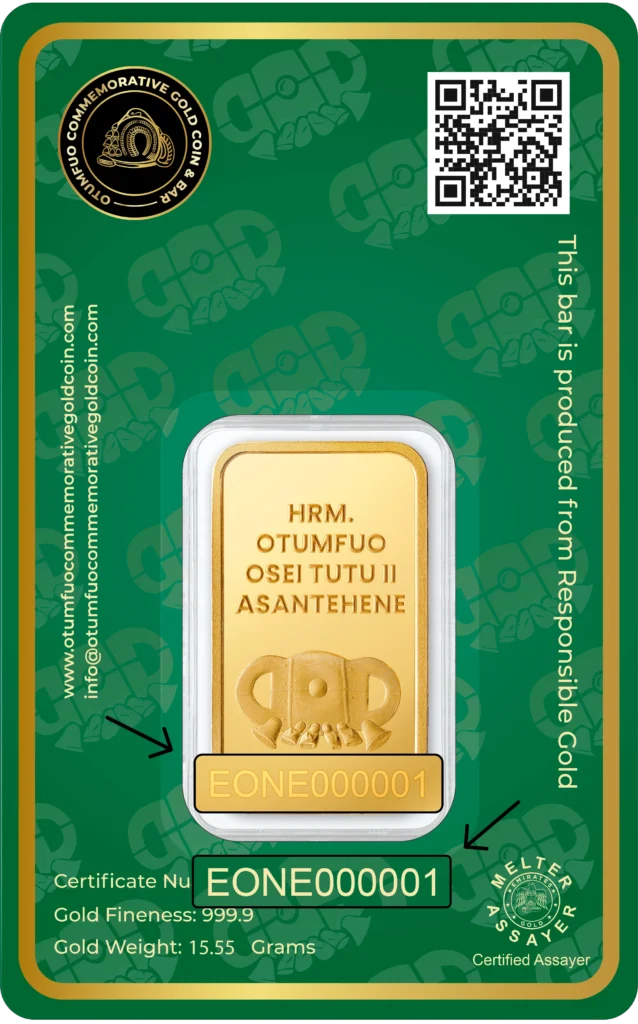The legacy

Asantehene Tackles Climate Change Through Landscape Restoration
On July 17, 2019, during the Awukudae festival, His Majesty Otumfuo Osei Tutu II launched the Asanteman Landscape Restoration Programme—a visionary initiative aimed at combating climate change by promoting biodiversity conservation, reforestation, sustainable land use, and community capacity building.
In partnership with the Oheneba Poku Foundation and aligned with the United Nations Sustainable Development Goals (SDGs), the programme sets an ambitious target: planting 100 million indigenous trees around rivers and water bodies across the Asante Kingdom over the next decade.
Phase One: Lake Bosomtwe Restoration
The first phase focuses on the Lake Bosomtwe Biosphere Reserve—Ghana’s only natural lake and a UNESCO-designated site. Shared by 22 villages and home to unique forest, wetland, and mountain ecosystems, the lake faces critical threats such as deforestation, unsustainable farming and fishing practices, erosion, and pollution.
Key goals of this phase include:
Planting 3 million trees around the lake basin.
Restoring 40,000 hectares of degraded land by 2025.
Promoting climate-smart agriculture and sustainable fishing practices.
Local communities, organized into Bosomtwe Community Resource Management Areas (CREMA), actively participate by planting trees in buffer zones, school grounds, and fallow lands—turning conservation into a community-driven effort.
Scaling Impact Across Asanteman
Building on the success of Lake Bosomtwe, the second phase will expand restoration efforts across all major river bodies in the Asante Kingdom. The final phase aims to embed climate-smart farming practices among residents, enhancing resilience and sustainable productivity for generations to come.
Through this programme, Otumfuo Osei Tutu II is forging a new legacy—one where traditional leadership actively contributes to global climate solutions, local empowerment, and sustainable development.
